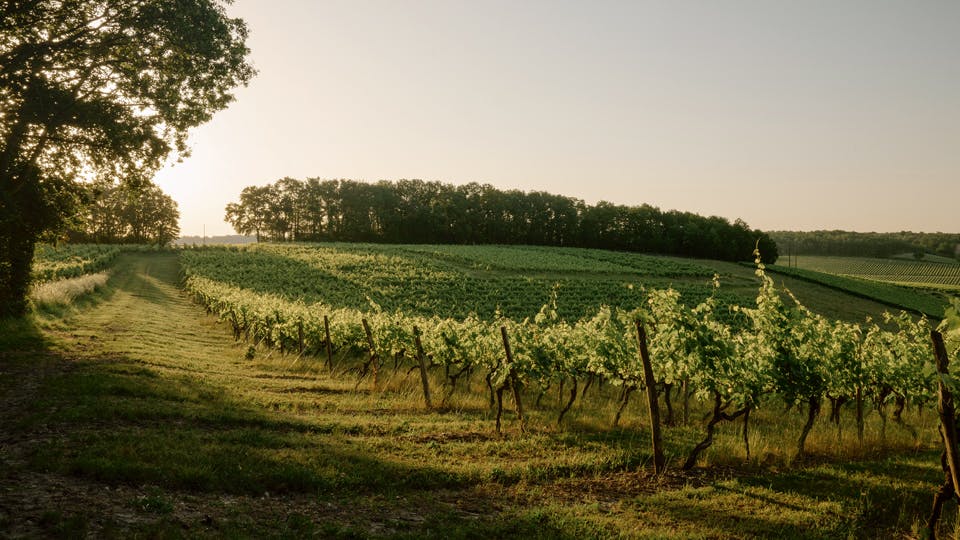Fostering abundant research on the diversity of nature
Since opting for HVE certification, the House of Rémy Martin has been implementing actions and tests on the vineyards of its Estates with a focus on biodiversity protection - one of the four themes of HVE environmental certification. Last year, in conjunction with the French National Biodiversity Observatory, the Estates applied protocols to monitor earthworms, butterflies and bees on their plots and thus measure the level of life in their soils. This year, five winegrower partners of the AFC joined the network. A call for volunteers will complete the process to obtain even more data on biodiversity in the vineyards.
In addition, the House is continuing to establish green corridors on its Estates, which enable nature (fauna, flora, insects and trees) to reclaim the environment.
Westland Distillery in the United States cares deeply about preserving the distinctive characteristics of its terror; as such, it is working to help safeguard Guercus garryana. This special variety of oak tree, specific to the region, is part of what makes the brand's products so unique: it is the only wood used to age its eaux-de-vie. Actively engaged in the fight against global warming, the site’s team have also planted 600 trees across four hectares. They carry out maintenance work on the plot with the Forterra association to ensure the oak trees have a high survival rate and will continue to grow over the next 10 years. With this plantation, the brand also wants to bring back the Western Bluebird (Sialia mexicana), which has practically disappeared from the region.
Off the coast of Scotland, Bruichladdich Distillery’s teams have planted 7,500 trees to boost the island’s biodiversity. They have also invested in a pollinator project to preserve the wild flowers, which reflect the local plant diversity.
Nearly 7,000 kilometres away, in Barbados, the teams are working with a researcher to study the use of seedless river tamarind as a leguminous mulch and windbreak. Regular river tamarind spreads its seeds by the wind and grows as a weed in many sugarcane fields across the island. By using the seedless variety, farmers could tap into the benefits of river tamarind as a legume without having to worry about its unintentional spread.

